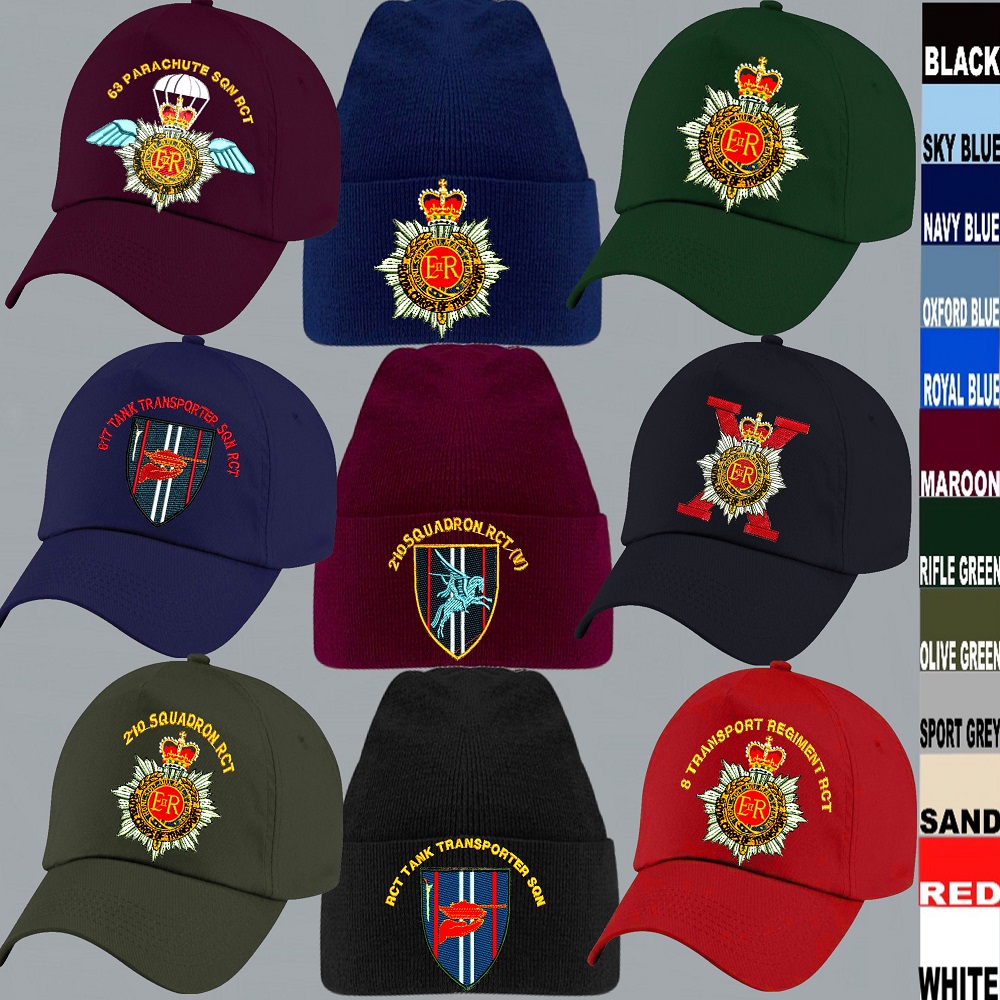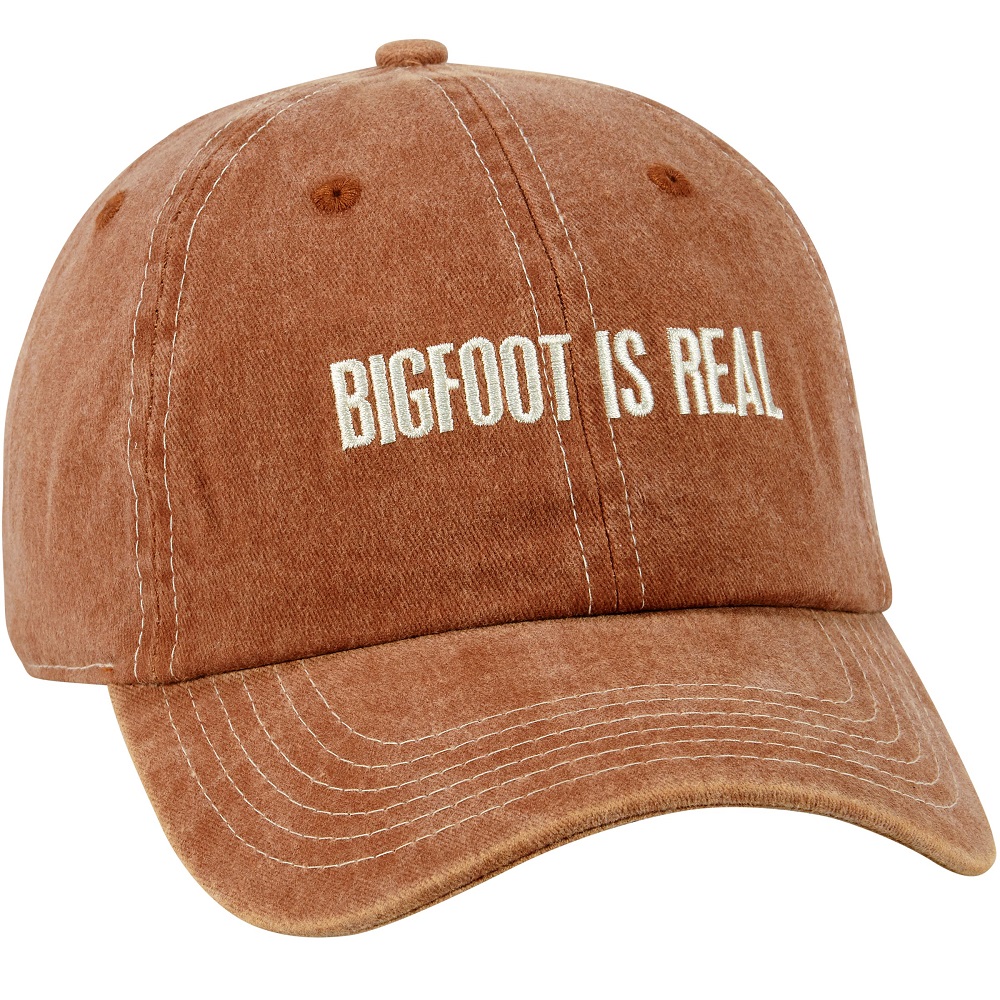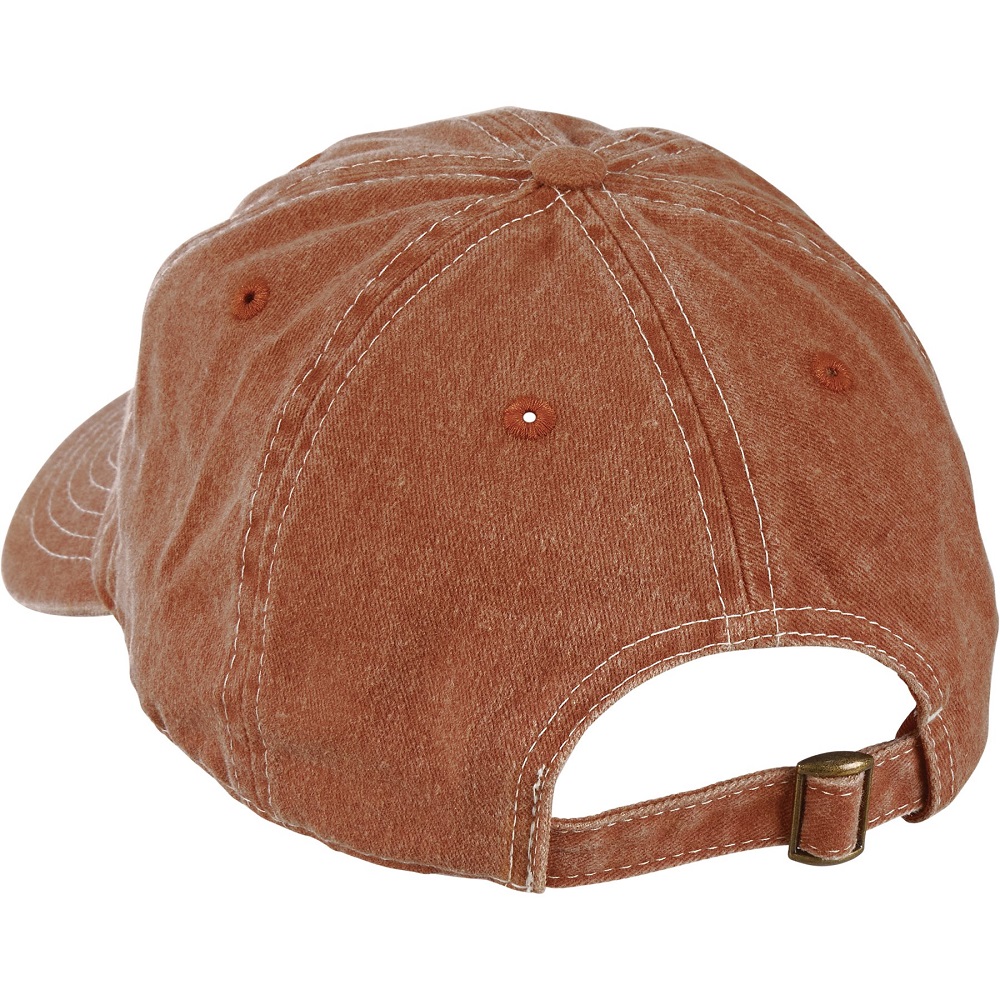Baseball caps are not just an accessory; they have evolved into a cultural phenomenon that transcends their original purpose. This guide will explore the style and history of baseball caps, detailing their construction, variations, cultural significance, and how they continue to influence contemporary fashion.
The Origins of the Baseball Cap
Early Beginnings in Sports
The baseball cap has its roots in the 19th century, emerging alongside the popularization of baseball as America’s pastime. The first baseball teams donned various styles of headwear, but it was in the 1860s that the baseball cap began to take its modern shape. The New York Knickerbockers are often credited with introducing the “flannel cap” as part of their uniform. These early caps were simple, made from wool or cotton, and lacked the structured design we know today.
Evolution of the Design
As the popularity of baseball grew, so did the need for a more practical cap design. By the 1900s, designers started incorporating a stiff brim to shield players’ eyes from the sun, enhancing visibility during play. This marked a significant shift from previous styles, as the baseball cap became an essential piece of equipment rather than just a uniform accessory.
As the sport continued to evolve, so did the cap. The late 19th and early 20th centuries saw more innovations, including the introduction of a button on top of the cap, which served as a way to reinforce the fabric and keep the cap sturdy during intense play.

The Anatomy of a Baseball Cap
Key Components
Understanding the structure of a baseball cap can enhance one’s appreciation for this iconic accessory. A typical baseball cap comprises multiple parts: the body (crown), the bill (brim), the band, and the adjustable strap or closure. The body, often made from cotton or polyester, gives the cap its overall shape.
The bill, which can be curved or flat, plays a crucial role in providing shade from the sun, while the adjustable strap ensures a secure fit across various head sizes. Caps often feature ventilation holes or eyelets sewn into the upper part of the body, allowing for airflow and comfort during warm weather.
Variations in Design
Over the years, the classic baseball cap has seen numerous variations. Snapback caps, fitted caps, and trucker hats are some of the popular styles that have emerged. Snapbacks feature an adjustable strap at the back, allowing wearers to customize the fit comfortably. Fitted caps, on the other hand, are designed to fit snugly and are made in specific sizes, which can create a sleeker appearance.
Trucker hats, once popular among transportation workers, have gained traction in urban fashion, characterized by their mesh backs and foam fronts. Each variation brings its unique flair and functionality, catering to different styles and preferences.
Cultural Significance of the Baseball Cap
A Symbol of Team Spirit
The baseball cap is not merely a fashion accessory; it serves as a symbol of team loyalty and spirit. Fans show their allegiance to their favorite teams by sporting caps emblazoned with team logos and colors. This practice has created a unique bond between fans and players, especially during the baseball season when caps are worn abundantly in stadiums and sports bars alike.
Impact on Fashion and Identity
Beyond the baseball diamond, caps have carved a niche in fashion and urban culture. Artists, musicians, and fashion icons have adopted the baseball cap as part of their personal style, showcasing its versatility. From hip-hop culture to streetwear, the baseball cap continues to evolve, embodying cultural movements and personal expression.
The fashion industry has also embraced the baseball cap, featuring it in various collections and collaborations. High-end designers and luxury brands have incorporated baseball caps into runway looks. This crossover serves to underline the cap’s transcendent quality, allowing it to be a statement piece rather than just functional attire.

Regional Variations of Baseball Caps
Title and Design Differences Internationally
While the baseball cap is largely associated with American culture, versions of this headwear can be found throughout the world. In Japan, for instance, baseball caps have been embraced in both sports and fashion contexts. Japanese caps often feature intricate embroidery and artwork, adding a unique aesthetic rare in standard American designs.
Similarly, in Latin American countries, baseball caps are often worn as part of the local sports culture, displaying not only national pride but also local team spirit. These caps often come adorned with vibrant colors and designs reflective of regional identities, showcasing how a single piece of clothing can adapt to various cultural contexts.
The Influence of Celebrity and Media
The international appeal of baseball caps has been heightened by their frequent appearance in popular media and by celebrities. Actors and musicians often don caps for public appearances, photoshoots, and performances. This exposure fuels the popularity of various baseball cap styles, leading to diverse interpretations around the globe.
Additionally, brands have collaborated with high-profile figures to create limited-edition caps, ultimately transforming them into coveted collectibles. These variations highlight how cultural identities are intertwined with consumerism and the baseball cap’s role within it.
Baseball Caps in Pop Culture
Representation in Film and Music
Baseball caps have been prominently featured in film and music since their inception. They often symbolize characters’ casualness, rebellion, or allegiance to particular groups. Classic films like “Field of Dreams” and “The Sandlot” have used baseball caps as integral parts of their narratives, showcasing their cultural significance in American society.
In music, artists from various genres capture the essence of baseball caps, using them as tools for self-presentation and identity. Hip-hop and rock musicians alike have integrated caps into their stage personas, making them a staple in concert attire. This intersection of sports and music further solidifies the cap’s place in pop culture dynamics.
Influence of Social Media
With the rise of social media platforms like Instagram and TikTok, the baseball cap has found new life as an influential fashion accessory. Influencers and everyday users alike showcase their unique styles, including various cap designs. This exposure not only highlights different ways to wear a baseball cap but also encourages a new generation to adopt and customize this historical piece of clothing.
Social media trends can quickly propel specific cap styles into the spotlight, leading to viral moments and widespread popularity. Whether through unique customization, collaborations with fashion brands, or simple photograph sharing, the baseball cap continues to evolve with cultural expressions.

The Sustainability of Baseball Caps
Eco-Friendly Materials and Designs
As consciousness around environmental issues grows, the fashion industry is responding by offering sustainable alternatives, and the baseball cap is no exception. Brands are increasingly focusing on using environmentally friendly materials, such as organic cotton and recycled polyester, to produce their caps. This shift towards sustainability has made it possible for consumers to sport their favorite accessory while minimizing their ecological impact.
Innovative designs, such as caps made with biodegradable materials, are also emerging. These caps boast similar durability and aesthetic quality as traditional caps, allowing for environmentally conscious fashion choices without compromising style.
The Role of Secondhand Market
The secondhand market has also made a significant impact on the sustainability of baseball caps. Thrift stores, online platforms, and vintage shops are brimming with pre-loved caps, encouraging consumers to embrace circular fashion. This trend promotes a sustainable lifestyle while allowing individuals to express their unique style through vintage finds.
As consumers shift towards more conscious consumption, the baseball cap remains relevant in both the fashion world and sustainability initiatives. Brands are finding ways to reinvent their products while remaining mindful of their environmental footprint.
Care and Maintenance of Baseball Caps
Keeping Your Caps in Shape
To maintain the look and functionality of a baseball cap, proper care and maintenance are essential. Regular cleaning helps preserve not just the aesthetics but also the integrity of the materials. For everyday wear, spot cleaning using a damp cloth can often suffice. For deeper cleaning, hand washing in cold water with a gentle detergent is recommended to prevent shrinkage or distortion.
Storage Solutions for Longevity
How you store your baseball caps impacts their longevity as well. Avoid crushing them in drawers, as this can lead to misshapen crowns and brims. Instead, consider using a cap rack or dedicated storage boxes that can hold their shape. It’s also advisable to rotate caps during wear, allowing each to rest and recover from regular use.
By investing time in the proper care and maintenance of your baseball caps, you can ensure their longevity and keep them looking fresh for years to come.
Conclusion: The Enduring Appeal of Baseball Caps
In conclusion, the baseball cap is a unique amalgamation of practicality, style, and cultural significance. Its journey from a functional piece of athletic gear to a global fashion staple exemplifies how a simple accessory can encapsulate multifaceted meanings and identities.
As we continue to see innovations in design, sustainable practices, and cultural representations, the baseball cap remains as relevant now as it was in the 19th century. Its adaptability ensures that whether on the baseball diamond or the streets of Paris, the baseball cap will continue to make a statement, celebrating both its rich history and the dynamic nature of modern fashion.
